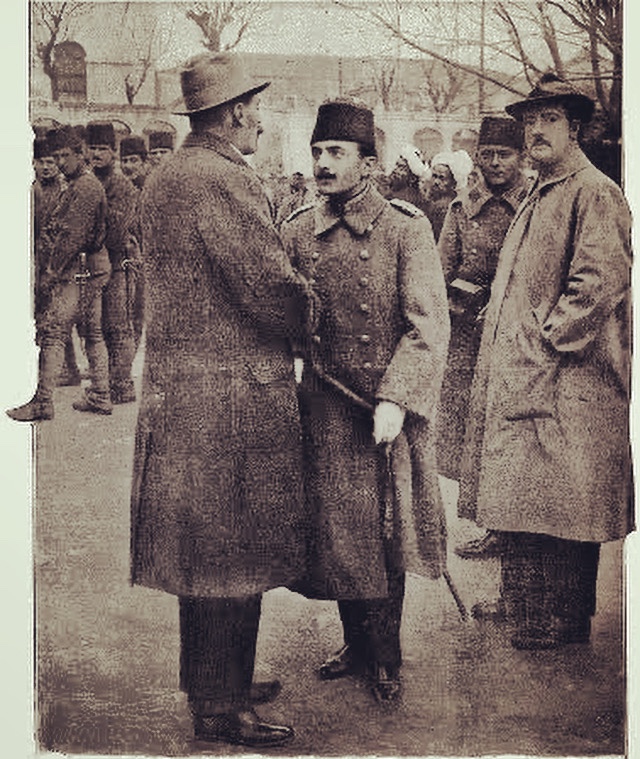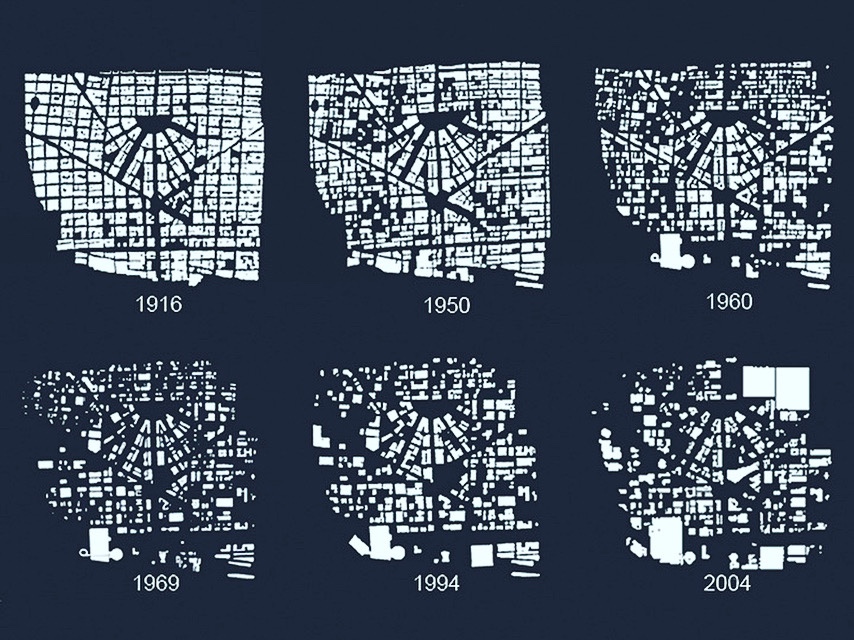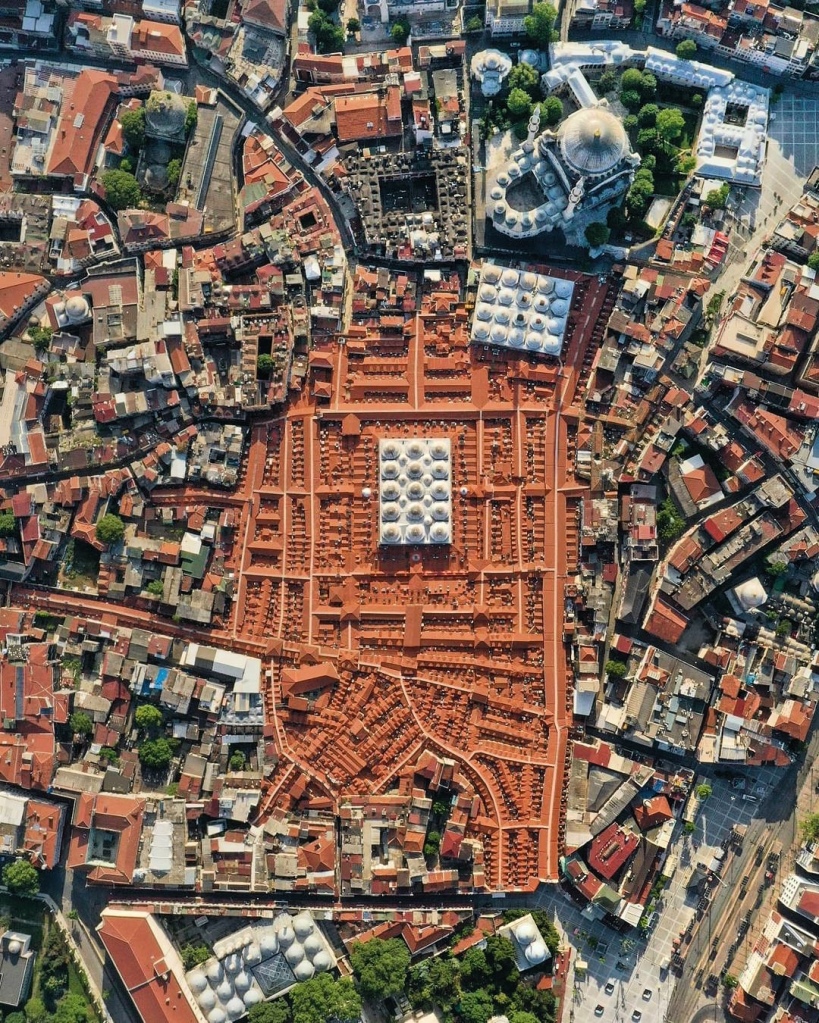
The Old Guitarist, from Piscasso’s Blue period collection 1903-1904
I was taught that mentally forcing myself to make more carefully calculated decisions on pressing issues as opposed to making a decision through a reaction under the influence of negative or positive momentary emotional burdens was unarguably a crucially important skill in the development of my character in this material world. I thought that not giving into the temptation of instantly reacting was a masculine virtue, instead of constantly following my gut instincts similar to that of a cro-magnon man. In situations where I deeply felt that my mind had to react, I quickly engaged an inner voice to artificially tell me to give it a day or two and “sleep on it” in order to make a fully thoughtful decision devoid of the heated emotion I was in at that specific moment. I would be orchestrating my life based on processed and verified data, using the passing of time as an undisputable ally along the way. It was made clear through the more experienced colleagues ahead of me in the game of life that this was the right mindset to adopt for a man desiring to progress. However, later, as I contemplated more and more on this mental approach, I realized that; to artificially degrade the mind into an emotionless computer like state that thinks mainly about taking the right actions, which would directly or indirectly promote self-interests was a fallacy. In a way it was like having a full grip on the puppet strings of a puppet who I was assuming was the person I was dealing with which later I realized was my authentic self, desperately pleading to reemerge. As I got older, constantly monitoring my thoughts to keep them in line with my self-interests just seemed to me as a different type of an Orwellian approach to life. This time Big Brother wasn’t a dystopian character in a fictional book in the year 1984, but It was me, being the Big brother by constantly monitoring my inner dialogue, making sure it was in line with the interests of Oceania (Self Interests of power and wealth within this made up material world).
Continue reading →









